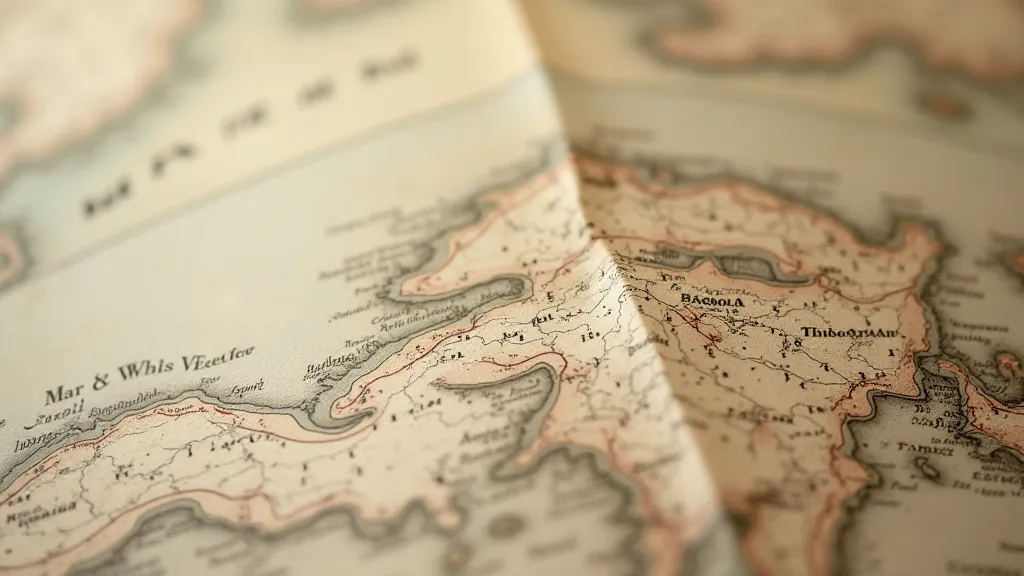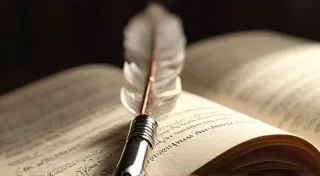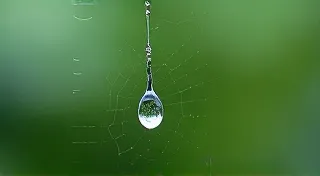The Paper's Requiem: Dealing with Mold and Biological Threats
There's a unique solemnity that settles over a map restorer’s workshop when confronting biological degradation. It's more than just the unpleasant sight or smell; it’s a profound awareness that you're facing a creature’s slow, inevitable victory over human endeavor. These aren't just artifacts; they're echoes of ambition, exploration, artistry – whispered across centuries by cartographers and explorers, then passed down through families, institutions, and collectors. Each crease, each faded ink line, holds a fragment of a lost world. And when mold and other biological threats encroach, it feels like witnessing a paper's requiem.
I remember one particular case vividly. It was a 17th-century Dutch sea chart, depicting the coast of Greenland. The owner, a direct descendant of the cartographer, had inherited it and stored it in a damp cellar. When I saw it, a fine, black dust coated the surface. It wasn't just mold; it was a testament to years of neglect, a silent invasion that had begun long before it reached my hands. The air in the workshop hung heavy with the scent of decay. It was heartbreaking. You felt the weight of responsibility – not just to preserve the paper itself, but to honor the generations who had valued it before.
Understanding the Enemy: Types of Biological Threats
Mold isn't the only culprit in a map's deterioration. Various fungi, bacteria, and even insects contribute to the process. Different types of mold manifest differently; some appear as fuzzy patches, others as powdery coatings, and some are deeply ingrained within the paper fibers. Some, like *Aspergillus* or *Penicillium*, are common indoor molds and relatively easy to identify with the aid of a microscope and careful observation. Others are more insidious. Insect infestations, from silverfish to beetles, can leave behind fecal matter, gnawed edges, and irreparable damage. Each type requires a slightly different approach to mitigation – a nuanced understanding crucial for ethical conservation.
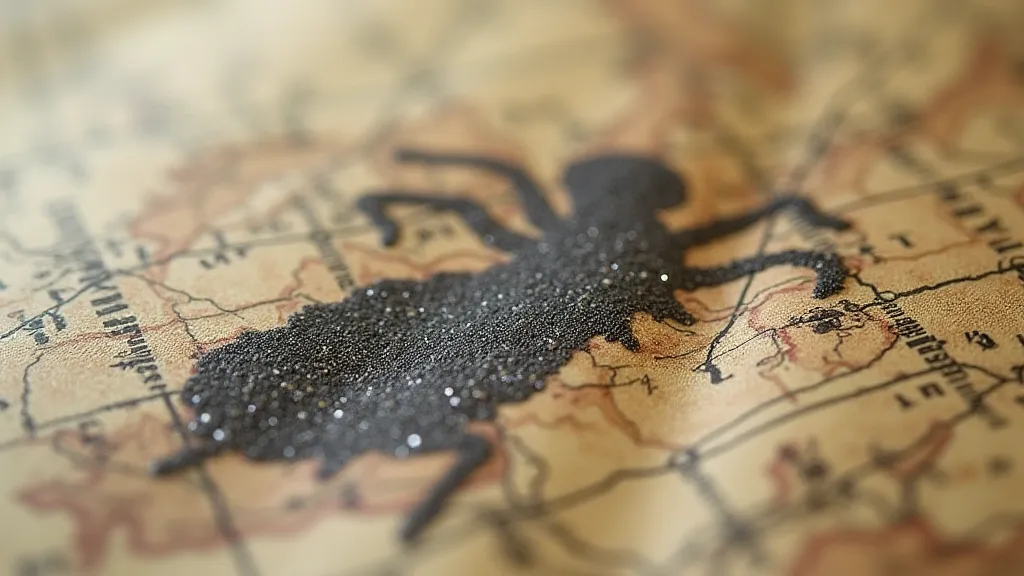
Preventative Measures: A First Line of Defense
The best approach to dealing with biological threats is, of course, prevention. Proper storage is paramount. Maps should be stored in a climate-controlled environment – cool (ideally between 65-70°F), dry (relative humidity between 30-50%), and well-ventilated. Acid-free archival folders and boxes are essential; avoid materials containing lignin, which breaks down and contributes to acidity, accelerating deterioration. Regular inspection is also vital, even if the map seems stable. Early detection makes intervention significantly less challenging and more successful. Educating collectors on best practices is part of the restorer's role; it’s about fostering a culture of respect and preservation.
I once spoke with a collector who had unknowingly stored his collection of Mercator projections in a humid basement. He was devastated when I pointed out the potential for damage. The lesson resonated with me – knowledge is the most powerful tool in preservation. Sometimes, the most impactful thing a restorer can do isn’t to directly treat an artifact, but to empower the owner with the understanding to protect it.
Ethical Remediation: A Delicate Balance
When biological threats are present, the remediation process must be approached with extreme caution and a strong ethical framework. The goal is to stabilize the map, prevent further damage, and minimize intervention. Direct physical cleaning is often avoided; the fragility of antique paper makes it highly susceptible to damage from abrasion. Instead, techniques like gentle vacuuming with a HEPA filter and surface de-dusting with specialized brushes are preferred.
Deacidification is a crucial step in many cases. Acidic paper is more susceptible to mold growth and biological attack. A range of deacidification treatments exist, from aqueous solutions to non-aqueous methods. However, any intervention carries a risk of altering the map’s appearance and historical integrity. It is vital to thoroughly document every step, using photographic records and detailed written notes. Reversibility is a key principle – any treatment should ideally be capable of being undone if necessary, although that's rarely a realistic possibility with severely degraded materials.
Sometimes, the damage is too extensive for complete restoration. In such cases, the focus shifts to stabilization – preventing further decay and ensuring the map’s survival for as long as possible. This might involve consolidating weakened paper fibers or creating a supportive backing to prevent tearing.
The Intersection of History and Conservation
Working with antique maps isn't just about applying technical skills; it’s about engaging with history. Each map tells a story – a story of exploration, trade, political ambition, and artistic expression. The cartographer’s skill in translating geographical knowledge onto paper was a remarkable feat, often achieved with limited tools and resources. The ink used, the paper manufacturing techniques, even the watermarks embedded in the paper itself – all offer clues about the map’s origin and historical context. Understanding this context informs the restoration process; it helps us appreciate the map’s value not just as a physical object, but as a cultural artifact.
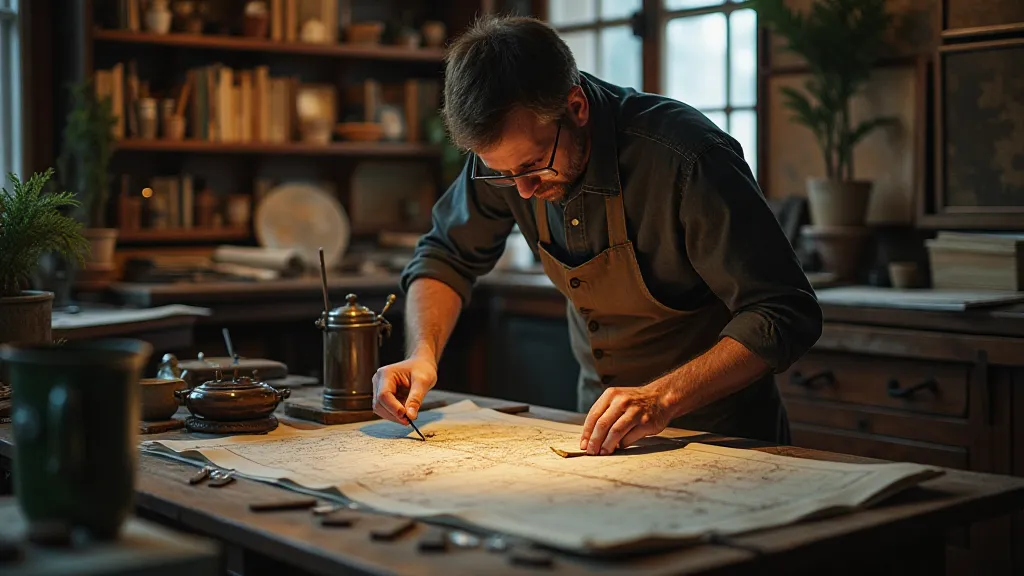
Beyond Remediation: A Legacy of Preservation
Dealing with mold and biological threats on antique maps is a challenging but rewarding endeavor. It’s a constant reminder of the ephemeral nature of human achievement and the importance of preserving our cultural heritage. The work requires a combination of technical expertise, historical understanding, and a deep respect for the past. It’s not just about fixing a damaged map; it’s about ensuring that its story continues to be told for generations to come.
I often think about the cartographers who originally created these maps – their hopes, their ambitions, their dreams. They poured their knowledge and skill into their work, little knowing that their creations would survive for centuries. As restorers, we are their custodians, entrusted with the responsibility of safeguarding their legacy. It’s a humbling and profound privilege.
